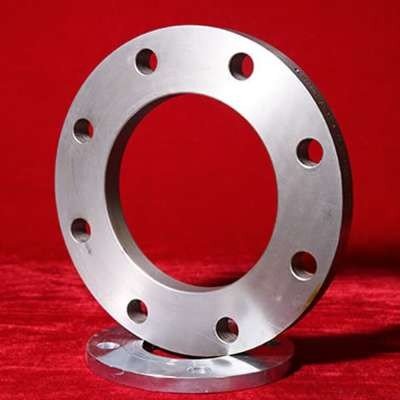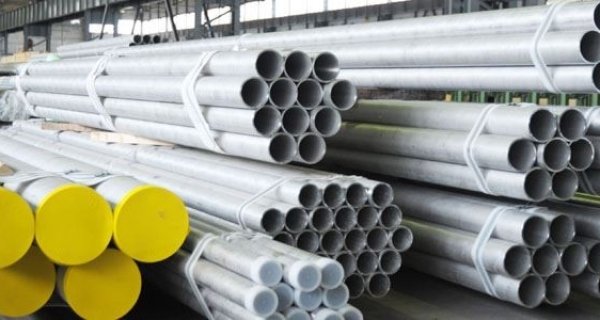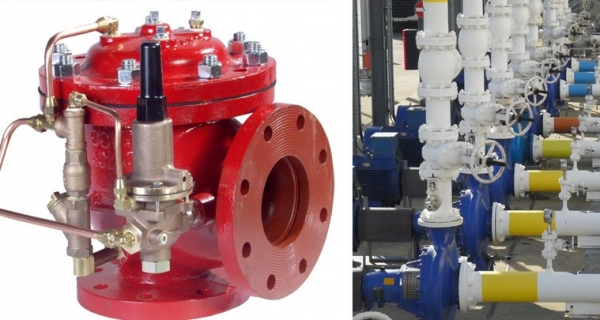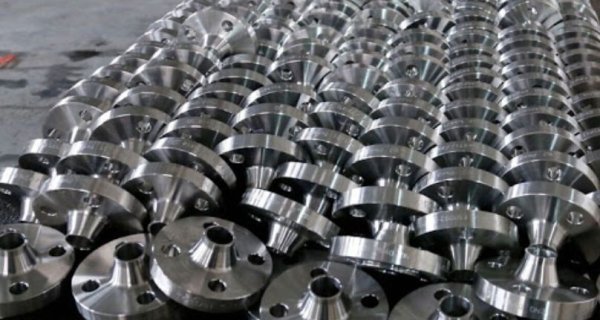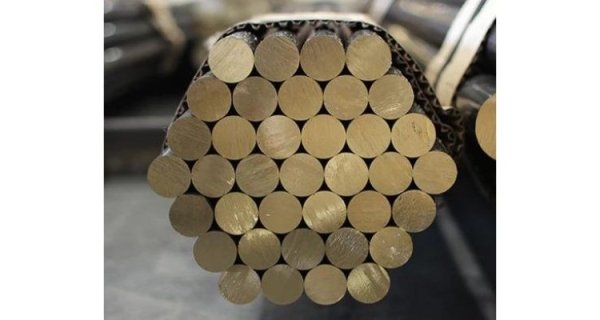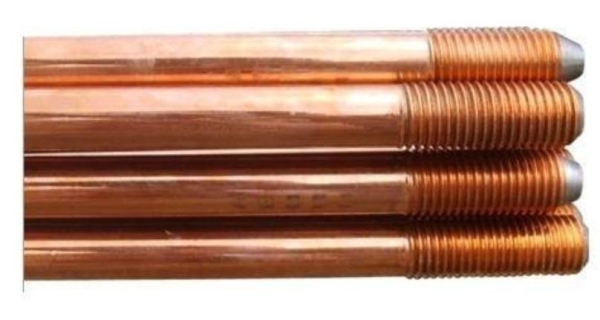What is a Gasket? Types of Gaskets, Gasket Applications
The Gasket is a sealing material used to produce a static seal between joining flanges in the pipe. Riddhi Siddhi Metal Impex is a leading Gasket Manufacturer and Supplier in India.
Posted 4 years ago in Current Events, updated 4 years ago.
What is a Gasket? Types of Gaskets, Gasket Applications
The Gasket is a sealing material used to produce a static seal between joining flanges in the pipe. In all working situations, this will keep the leakage-proof seal intact. To provide leak-proof sealing between the pipe flanges, many types of gaskets are used. The fundamental purpose of gaskets is to seal the imperfections on either face of the flange so that the service fluid does not leak out of the joint.
A Gasket must be squeezed sufficiently to form a full barrier that will produce a pressure-tight seal and protect the contents inside the seal, in order for it to work successfully and seal away any leaks. Furthermore, gaskets safeguard an application’s moving parts by preventing them from rubbing against hard surfaces and causing friction. Riddhi Siddhi Metal Impex is a leading Gasket Manufacturer and Supplier in India.
Gaskets are required in almost every industry, including food processing, petrochemicals, pharmaceuticals, water, and gas. Gasket materials are chosen for their properties and capacity to survive a variety of conditions, including mining and deep-sea, chemical resistance, alkaline acid resistance, severe temperatures, and pressure. A gasket is an elastomeric component that covers the point where two surfaces meet. They are often made of a range of materials, such as rubber, cork or paper, metal, copper, and foam.
Types of Gaskets.
In process pipework, three types of gaskets are used.
- Metallic / Ring Joint Gasket / RTJ Gasket
- Non-Metallic / Soft Gaskets
- Composite / Semi-Metallic
Metallic / Ring Joint Gasket / RTJ Gasket
Soft iron, low carbon steel, stainless steel, Monel, and Inconel are some of the materials used to make metallic gaskets. These gaskets are also known as ring gaskets or RTJ gaskets.
- Metallic gaskets are used in high-pressure class flanges, often above the 900 Class, although they can also be utilized in high-temperature applications.
- When using metallic gaskets, high tension bolting is necessary.
- They are extremely durable and the most expensive.
The most often used materials for this type of gasket include graphite, rubber, Teflon, PTFE, and compressed non-asbestos fiber (CNAF). These gaskets are also known as soft gaskets. It might have a whole face or only an inside bolt circle.
- Low tension bolting can easily compress non-metallic gaskets.
- Gaskets made of non-metallic materials are the cheapest and most easily available.
- Low-pressure class flanges, such as 150 and 300 Class, and low-temperature flanges both employ these types of gaskets. Graphite gaskets, on the other hand, can withstand temperatures up to 500 degrees Celsius.
- Rubber and elastomer gaskets are employed in utility lines rather than hydrocarbon services.
Composite gaskets are made up of a mix of metal and non-metal components. Depending on the service demand, many sorts of material combinations are conceivable.
- Composite gaskets are less costly than metal gaskets, but they require special handling.
- Composite gaskets are utilized on raised face, male-female, and tongue-and-groove flanges.
- They’re used for a variety of pressure and temperature applications.
Other Most Selling Gasket Related Products
- Condensate Pot
- Tube Fittings
- Fasteners
- Perforated Sheet
- Gaskets
- Valves
- Forged Fittings
- Filtration & Purification
- Flanges
- Buttweld Fittings
Gasket Applications and Uses
Gaskets are an important component in many industrial processes since they are available in a number of specifications. The features of gasket material, such as durability, are considered while selecting one for an installation.
- Gaskets used in Transporting materials
- Stainless Steel Gaskets used in the Automotive industry
- Gaskets used in Homes and buildings
- SS Gaskets used in Sewerage systems, industrial water lines.
- Carbon Steel Gaskets used in heating, air-conditioning equipment.
- Gaskets used in Plumbing
- ASME B16.21 Gaskets used in Food Processing Industry
- Gaskets used in Paper & Pulp Industry
- ASME B16.20 Ring Type Joint Gasket manufacturer used in Food Industry
You might also like
